There are exceedingly few businesses in the world that only sell one or two products. Of course, some companies can rely on a unique product or service and do very well for themselves. However– these businesses are the exception rather than the norm. It makes sense to offer a broader product offering to attract more customers. Among other things, this means that strategizing how to sell many different products is essential to success. One of these strategies is called kitting or bundling.
So, what is kitting and bundling? How do businesses benefit from it? We’ve kitted all this information together, so keep reading to find out.
What is kitting and bundling?
At some point in your life, you’ve probably purchased a kit or bundle of something, a gift basket, for example. In exchange for buying one or more products together, stores offer a discount on the total price. Often, kitting and bundling are tactics retailers use to get rid of dead stock.
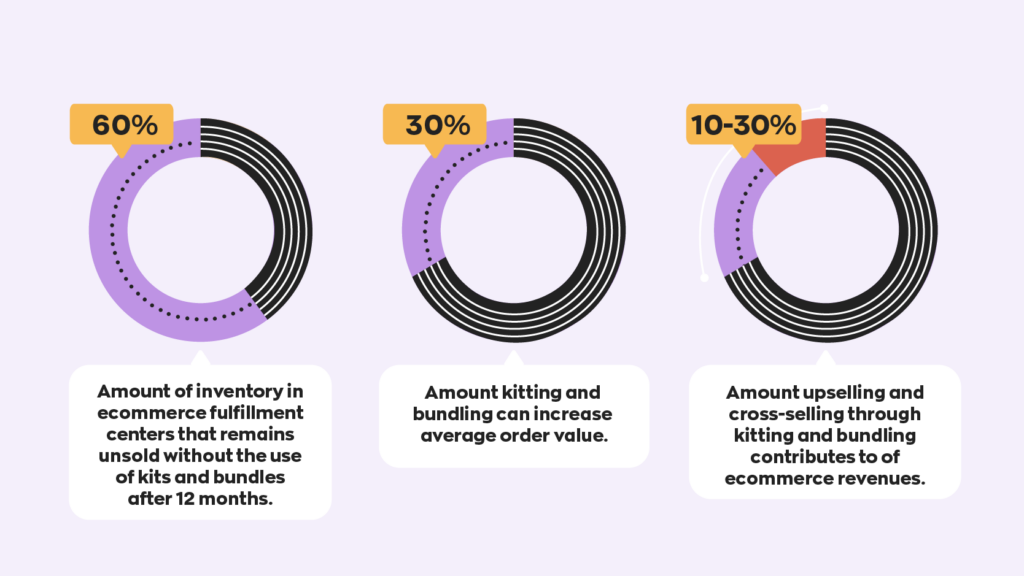
The terms kitting and bundling are often used interchangeably, but traditionally, bundling refers to grouping identical products, for example, selling a six-pack of soda. Kitting, on the other hand, refers to grouping different products to be sold together. Retailers use kitting to provide their customers with products that work well together.
For example, if you sell electronics, you might find your customers often buy a pair of headphones with a headphone stand. In this situation, you could create a kit with both these products and offer a slight discount. This is a great way to encourage your customers to spend more at the checkout.
Typically, when retailers assemble kits or bundles, they create a new SKU representing this new product offering as a single entity.
Why do retailers make kits and bundles?
Of course, no one would do this if there’s no advantage to it. The kitting and bundling process works off of a simple concept: customers often purchase more than one product at a time. This is especially true depending on the type of product they purchase.
For example, someone buying a monitor or desk mat will probably look for other peripherals. If the store they’re in offers a kit or bundle that includes a monitor, desk mat, mouse, and keyboard, they may be inclined just to buy the kit, even if they weren’t necessarily looking for all four items.
Additionally, while it may have been cheaper for them to shop around at other stores for all four items, the ease of just buying a kit from a single store is appealing to many shoppers. You can think of it as paying a “convenience fee” in exchange for not having to go store hopping.
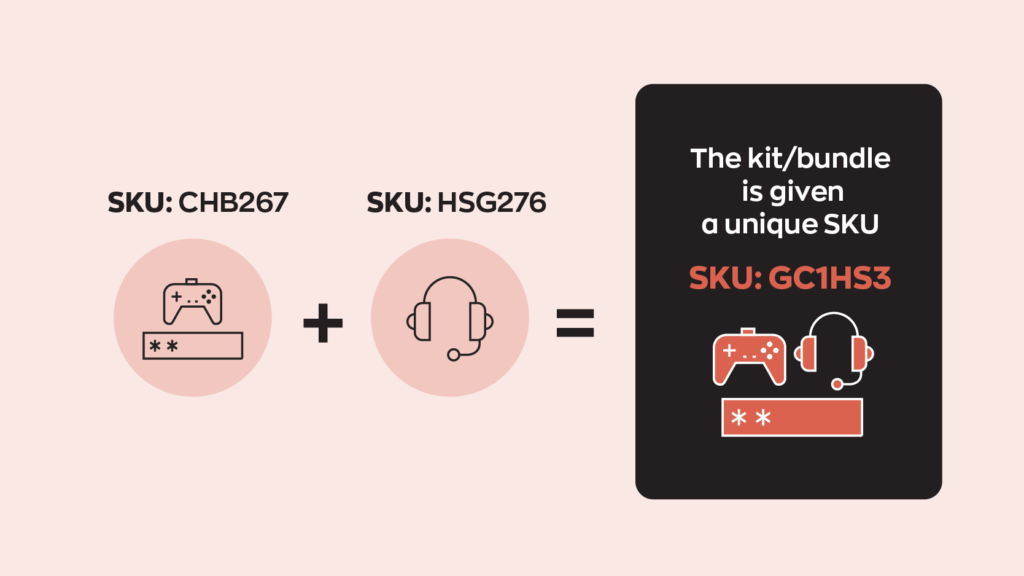
This leads to a higher sales volume for retailers and substantially increases the individual purchase size.
There are also private label kits, where wholesalers will sell a variety of products in bulk to a retailer. These retailers will then split these products up and market and sell them independently.
Difficulties of kitting and bundling
Not every industry is suitable for kitting and bundling, however. Some products are just meant to be used on their own. For example, you wouldn’t (and shouldn’t!) bundle together different pharmaceuticals.
Some product manufacturers actively prohibit kitting third-party goods alongside their products. These rules are few and far between, but if you unknowingly kit these items together, you might find yourself in a world of hurt.
Also, customers expect a good deal when purchasing bundles and kits since they’re buying multiple products. For businesses that run on thin margins, offering kits and bundles at a discount may put you in the red.
How do you create kits?
If you’re sure kitting is viable for your business, there’s a general process to follow. These steps may vary slightly from industry to industry, but the process is similar between fields overall.
Identify which products sell best
Like many other sales strategies, kitting and bundling aims to increase profit. But unlike other sales strategies, it depends on already existing sales numbers. By kitting other products with best-sellers, you’ll push existing customers to spend more during their visit. As long as the kit makes sense, that is.
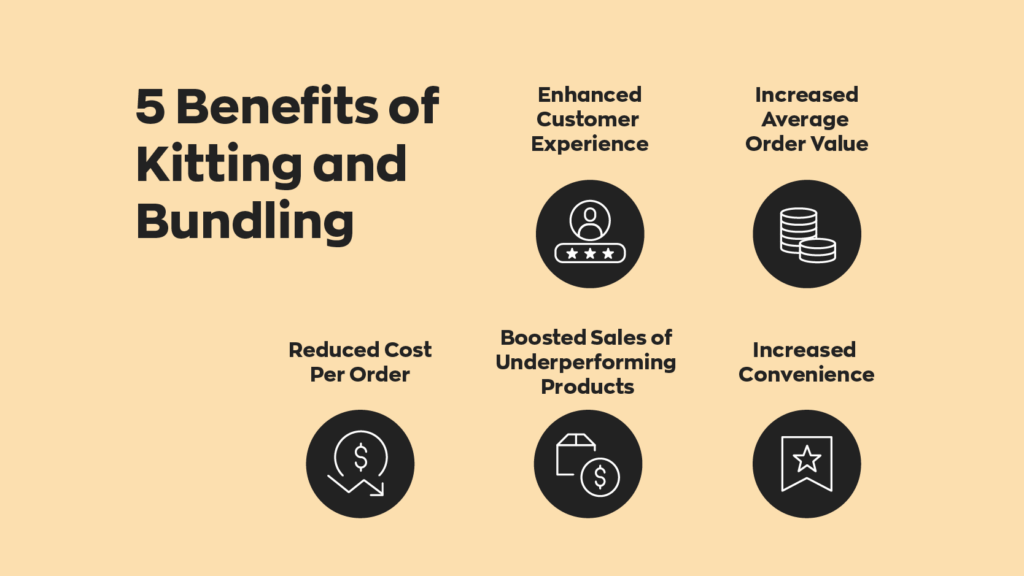
Create synergistic kits
Mashing two random products into a kit won’t net you more sales. In fact, it’ll probably have the opposite effect. For example, selling a TV and a frying pan as part of a kit is a random combination. It’s more likely to push customers away to avoid filling their pantries with products they don’t need.
Find a price that makes sense
As we mentioned before, when buying package deals, customers expect a discount in return for spending more. But if you set the price too low, you risk losing money on each sale. There’s a sweet spot where offering a lower price as an incentive leads to more sales and maximized profit. Finding that sweet spot is the key to creating– and selling– successful kits.
Gather information on what products sell side-by-side
Some naturally synergistic products may already frequently sell together. Identifying these products and kitting them is an easy way to increase sales. Gathering this information by hand can be difficult, but software can do most of the heavy lifting these days. For example, inFlow automatically records sales information and can generate various reports with the click of a button.
Is kitting right for you?
At the end of the day, kitting is one of many sales strategies. While it requires specific information beforehand, it can also be one of the easiest ways to increase profits. At the same time, this requires you to carry naturally synergistic products. Not every industry offers that capability. As a result, some businesses may be outright unable to craft meaningful kits.
You’ll also need to consider your target audience when kitting. Different consumers desire different products, and this can directly affect the success of whatever kits you create.
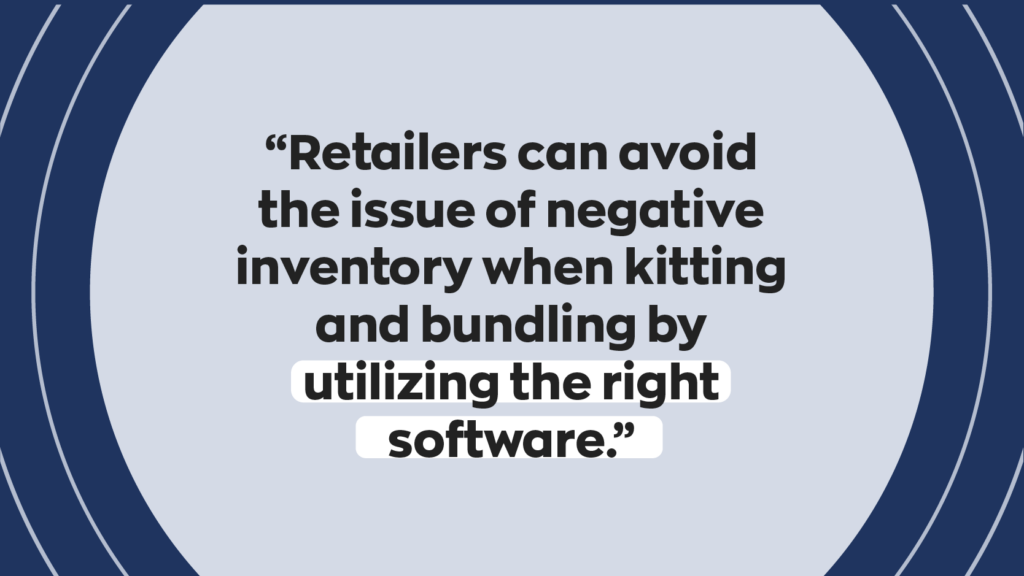
How can inFlow help with kitting and bundles?
One of the significant issues with kitting and bundling is inventory tracking. Since all of these products are sold separately and in kits/bundles, it’s easy to end up with negative inventory.
The good news is software like inFlow is there to help. We’ve been hard at work upgrading our software with a new kitting/bundling feature that allows our customers to create kits/bundles with ease. You can create a new kit/bundle with a unique SKU. When you pick this SKU on a sales order, inFlow can automatically create and complete a manufacturing order(MO) to avoid negative inventory.
You can also display the quantity buildable based on the individual products you have in stock that the kit/bundle contains. This means you’ll be able to see how many kits/bundles can be sold and how many individual products can be sold simultaneously.
So, if you’re looking for software to streamline your kitting and bundling, consider giving inFlow a try!


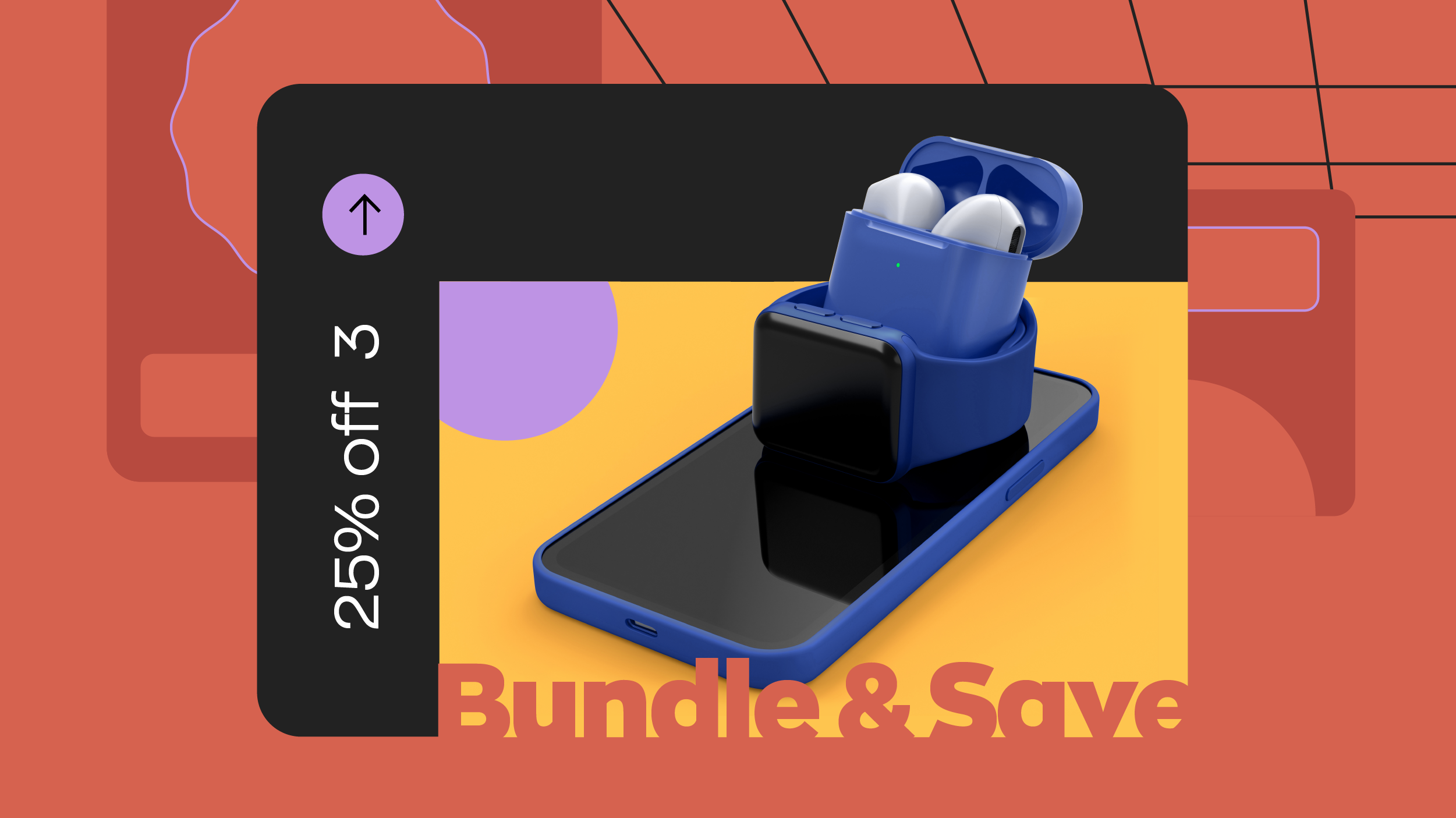
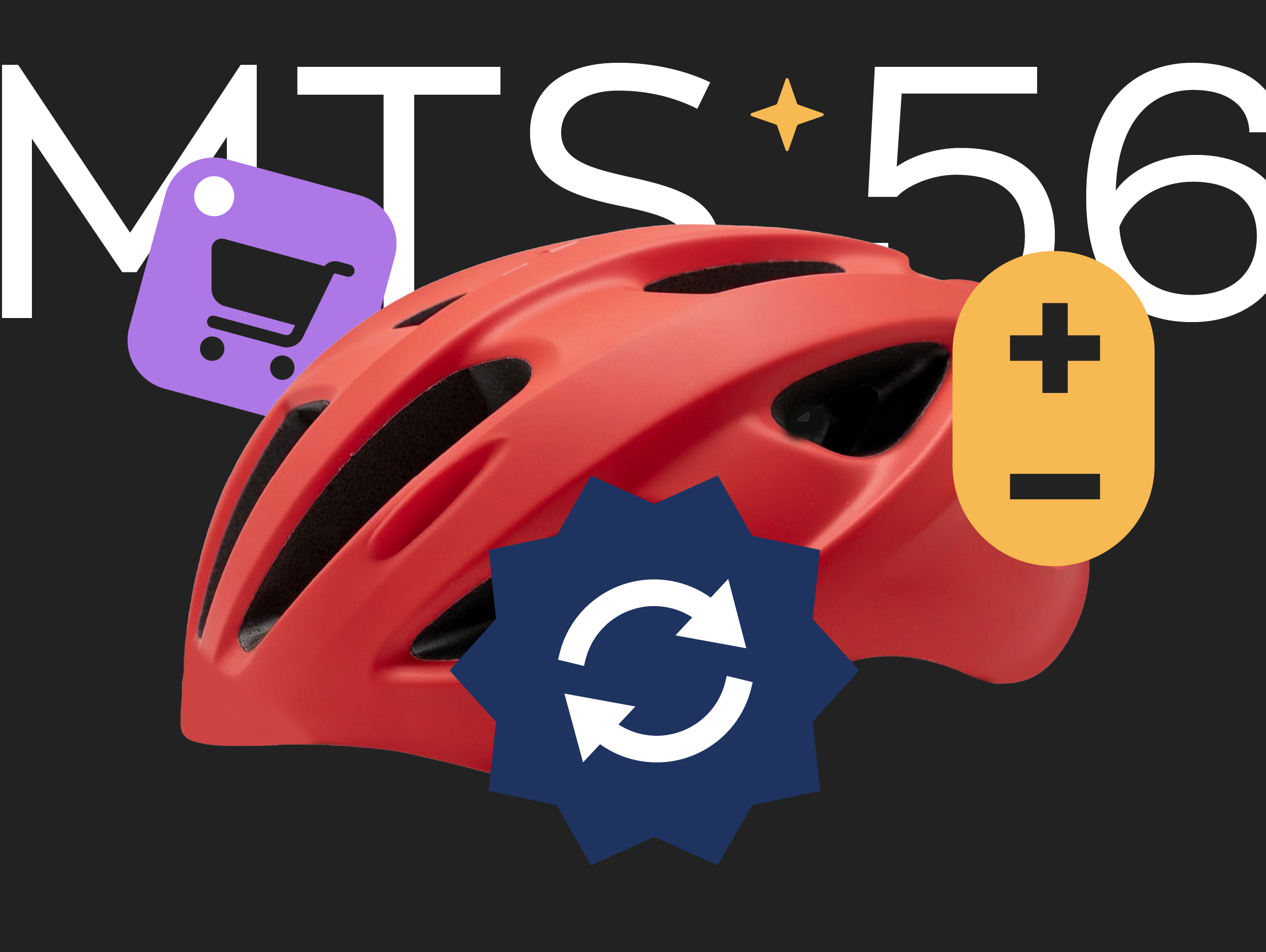
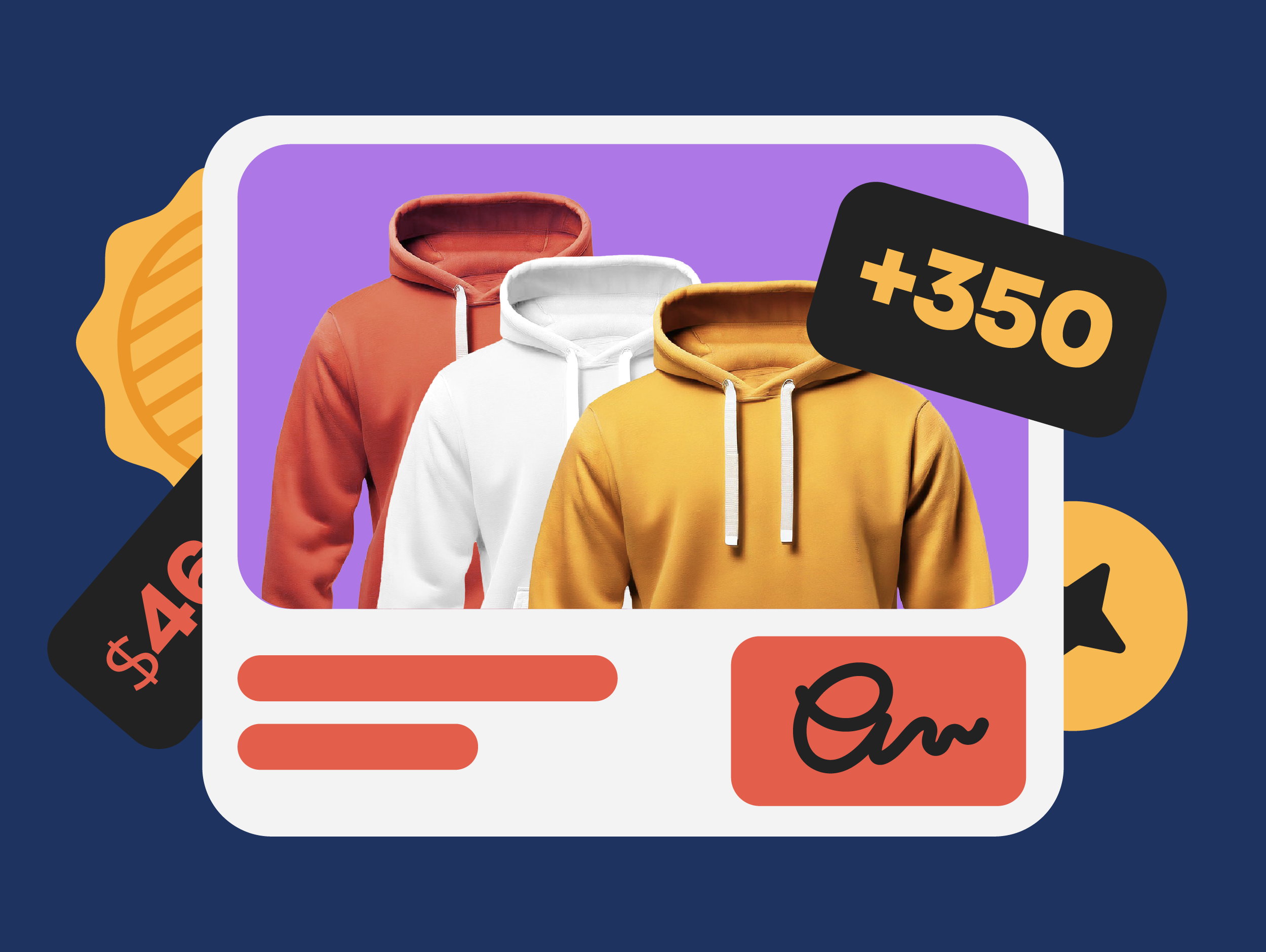
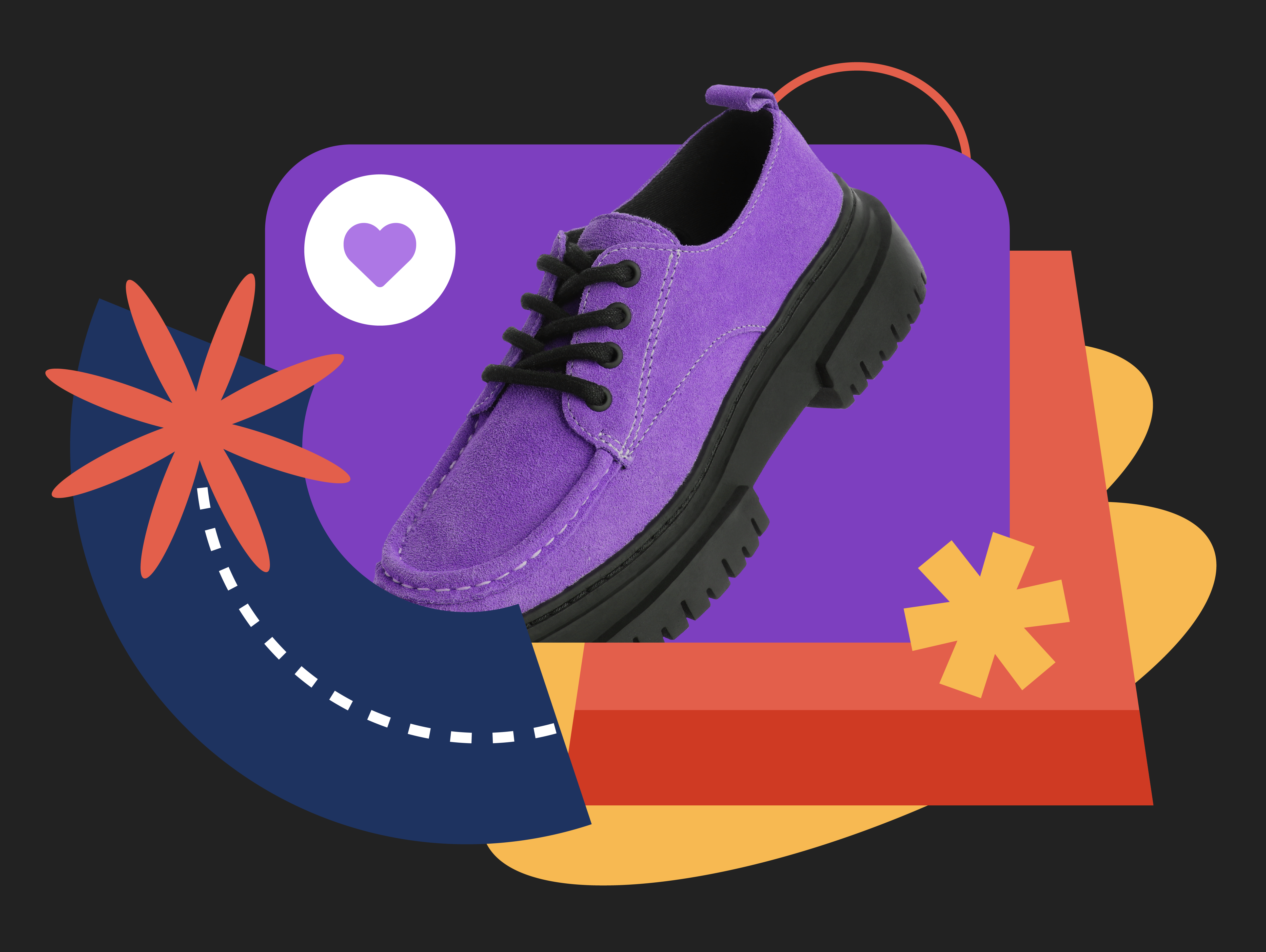
0 Comments